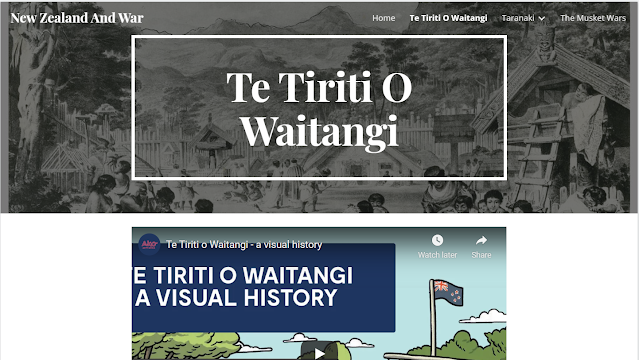Reflective entry 2: Discuss how the research topic addresses the context of different audiences (local, including community priorities national and/or international) and their perspectives
I am working in a different environment to what I have been in before. I have a relationship with the school I am based in, but would like to develop a better working relationship with the outside schools that come in to be a part of my technology subject. They too are stakeholders in the program I develop. Specifically, I have a full immersion Kura Kaupapa school which comes to me on a Thursday morning.
Localised curriculum development a topic that has recently gained traction with the Ministry of Education in the development of the Strengthening local curriculum series (Ministry of Education, 2019). The idea that has been highlighted is that student’s want an education that celebrates who they are, their place of standing, and the community that they are a part of. Developing a localised curriculum will aid in building and partnering with the community by seeking the input of students, parents, whānau, iwi, and hāpu (Ministry of Education, 2019).
“This ensures that the interests and needs of learners, the values and aspirations of parents and whānau, and the ideas and resources of the wider community influence decision making around teaching and learning.”
What will be critical in the success of this innovation, will be partnering with members of the community who have a vested interest in the success of, and outcome for, the students.
The Ministry of Education states that ākonga’s progress and success relies on the partnership between home and school, sharing the information, expertise, and celebration of the student. (Ministry of Education, 2019, p5) As this school only comes once a week, building a three way partnership with students' parents and whānau is something that may not initially be possible. But this is something that I am hoping will change through building partnerships with the Kura.
I am wanting to develop a localised digital curriculum to enhance engagement in digital learning through a Māori framework. I am hoping to develop a baseline of data around student readiness to engage in digital technology learning. Specifically about what sort of experience and tools they come into the classroom already having used (Shubert, 2011).
I identified that there are many things I have yet to understand when it comes to localisation, translation and interpretation of Te reo. But my ultimate goal is to be able to create a curriculum that is accessible to all learners that come through my classroom, and to do this I need support from the Kura to understand the traditional education structure and norms (Giovanis, 2015) that I want to integrate.
“Effective partnering is built on principles of equity, transparency, reciprocal accountability and mutual benefit...Through such partnering, teachers not only become learners themselves, but also begin to see learning through the eyes of their students. This ‘visibility’ is essential if teachers are to continuously challenge students to reach for the next step, and if they are to clearly see whether teaching and learning strategies are achieving their intended goals” (Hattie, 2009).
In some ways, I have identified myself as a key stakeholder in this innovation. It is ultimately for the benefit of my students, but I can’t help but think about the benefits for myself as an educator, and as a part of my community. Through showing my value for the people I serve in education, through fostering positive relationships with our community, I stand to benefit just as much as the students if I am successful in my endeavour.
They say that you teach what you know, and working with the local Kura and Ngāmotu Iwi about their hopes for their tamariki, will allow me to gain a perspective around the educational value that I did not grow up with. It will allow me to hear their stories and hear their hopes for the future of the community, and to hear how I can serve as an educator and be a part of building it.
Giovanis, K. (2015). Localized E-Learning for Global Audiences. Talent Development, 69(9), 76-77. https://www.proquest.com/trade-journals/localized-e-learning-global-audiences/docview/1715648044/se-2?accountid=196279
Hattie. J. (2009). Visible Learning: A Synthesis of over 800 Meta-Analyses Relating to Achievement. London: Routledge.
Ministry of Education. (2019). Leading Local Curriculum. Ministry of Education.
Ministry of Education. (2019). Leading Local Curriculum Guide: Information Sharing and Building Learning Partnerships. Ministry of Education.
Shubert, A. N. (2011). Teaching millenials: A model for integrating 210RW1S34RfeSDcfkexd09rT3st1RW1S34RfeSDcfkexd09rT3 century skills into an English language arts curriculum (Order No. 3478763). Available from Education Collection. (903971672). https://www.proquest.com/dissertations-theses/teaching-millenials-model-integrating-21-sup-st/docview/903971672/se-2?accountid=196279


Comments
Post a Comment